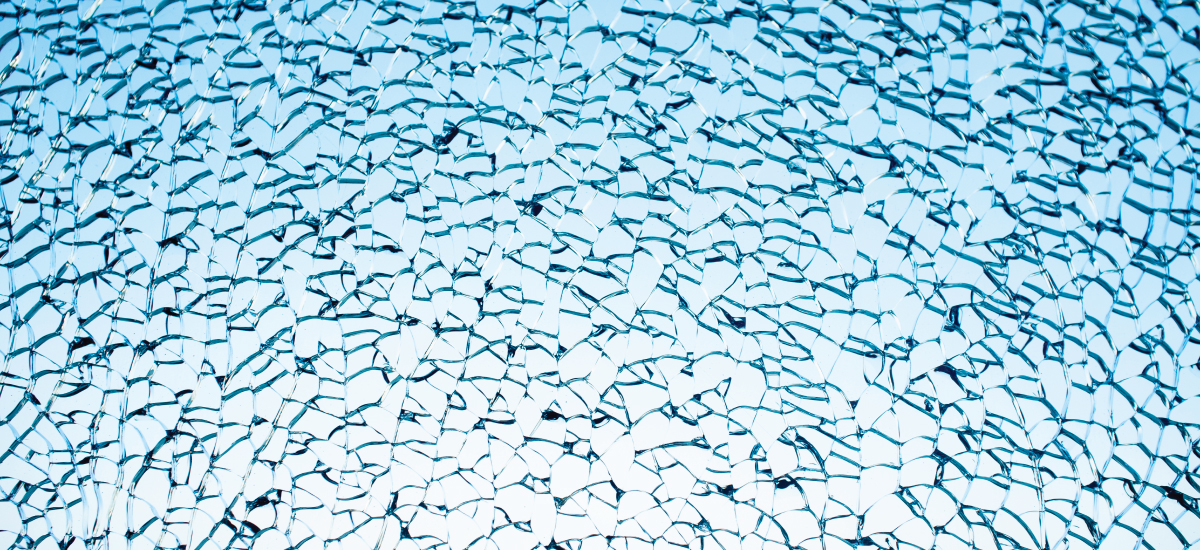
Tempering (or Toughening) and HST test
Tempered glass is made by subjecting the glass to heat treatment to harden it (https://it.wikipedia.org/wiki/Tempra). The piece must have been cut to the required size and every process (such as smoothing off the edges and corners, or drilling and flaring out of holes) must also be carried out prior to tempering. The glass is placed on a roller table, which is taken into a furnace that heats it to a temperature of 640 °C. It is then rapidly cooled with forced air drafts which lower the temperature by around 300°C. This process cools the surface layers, causing them to harden while the inner part remains hot for longer. The subsequent cooling of the inner part induces compressive forces in the surface of the glass balanced by tensile stresses in the body of the glass.
Tempered glass is around six times more resistant when compared with non-treated glass as surface flaws are pressed "closed" by the retained compressive forces, while the inner portion remains relatively free from any flaws that could give rise to cracks.
Due to the balancing of forces, any damage to one edge of the glass causes the glass to shatter into many tiny fragments. This is the reason why the glass must be cut before tempering and no further work must be carried out after. Because of its greater strength, tempered glass is often used to produce elements in unframed (all-glass) assemblies, such as glass doors, structural applications and near doorways and stairways.
If it breaks, it crumbles into tiny granular pieces instead of sharp or jagged shards as mentioned above and therefore is considered safety glass. When compared with laminated glass, tempered glass does not offer resistance to being penetrated when broken.
HST (Heat Soak Test)
On request, Vetrerie Dal Pian can carry out a further process to test the stability of the glass, known as HST, or Heat Soak Test: this is carried out on tempered glass with the aim of reducing the risk of spontaneous breakage of the glass to a minimum.
Vetrerie Dal Pian recommends this test in all situations of risk, to guarantee that products will last over time. It consists of a cycle of heating the glass to 290°C and maintaining it at that temperature and is carried out to accelerate the fracturing of tempered glass panels, which over time would fracture spontaneously.
The HST procedure enables over 95% of the panels likely to suffer breakage to be identified and eliminated. Such breakage is due to the presence of nickel sulphide (NiS) created by particles of sulphur and nickel, which inevitably end up in the glass mass during production.


